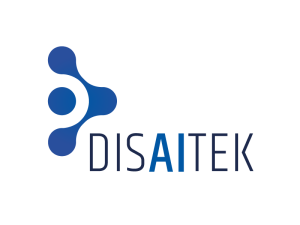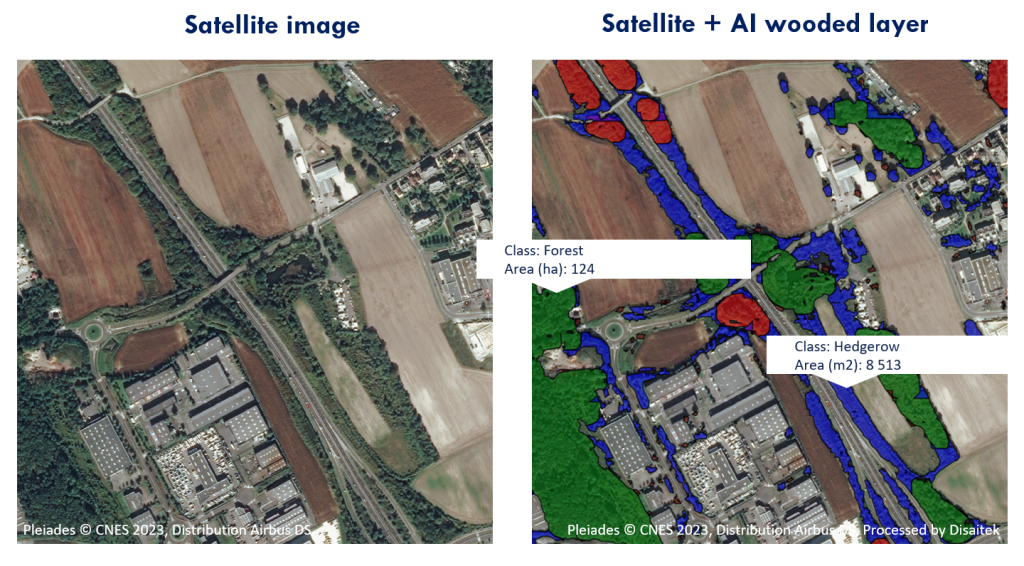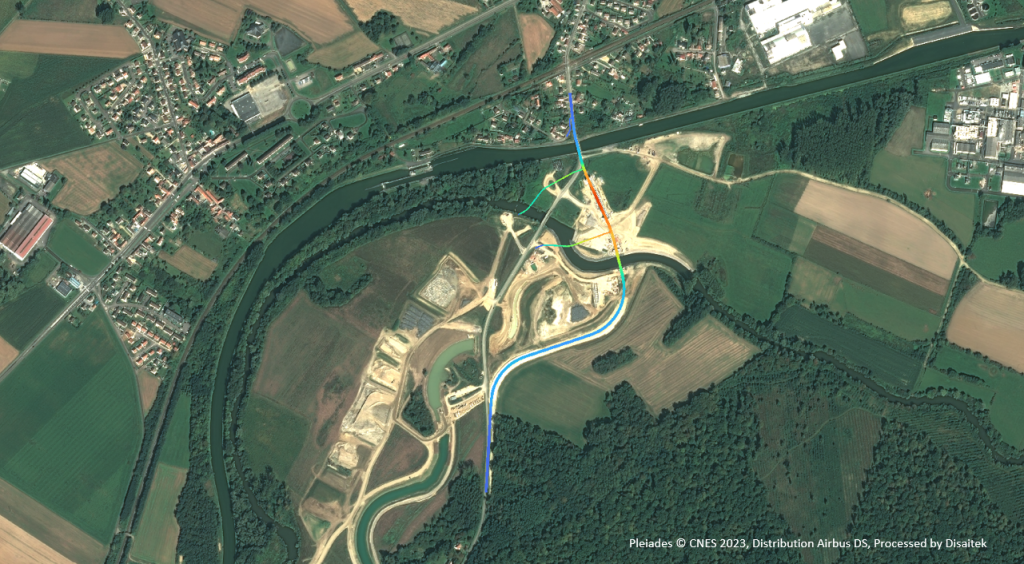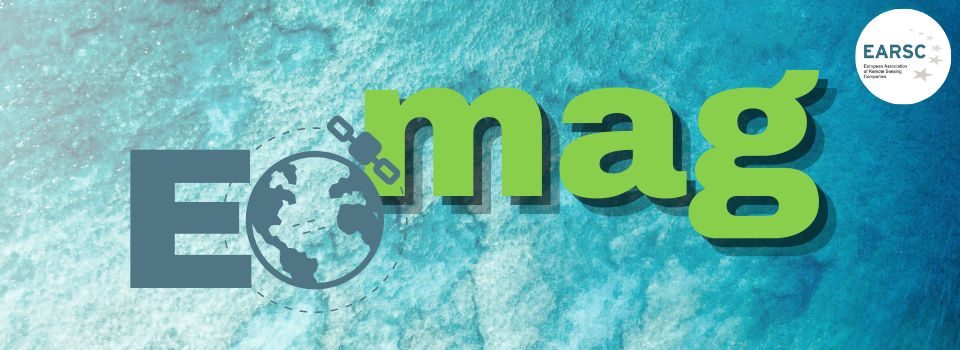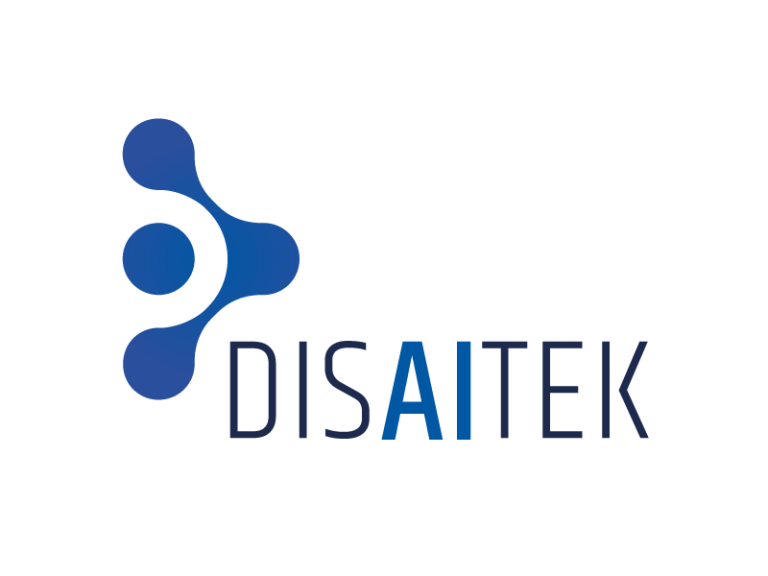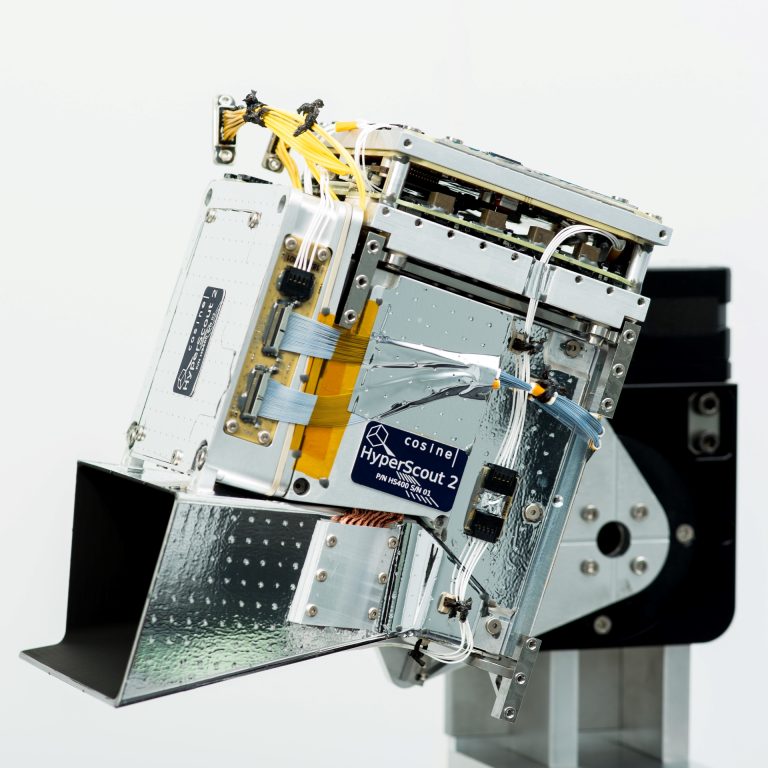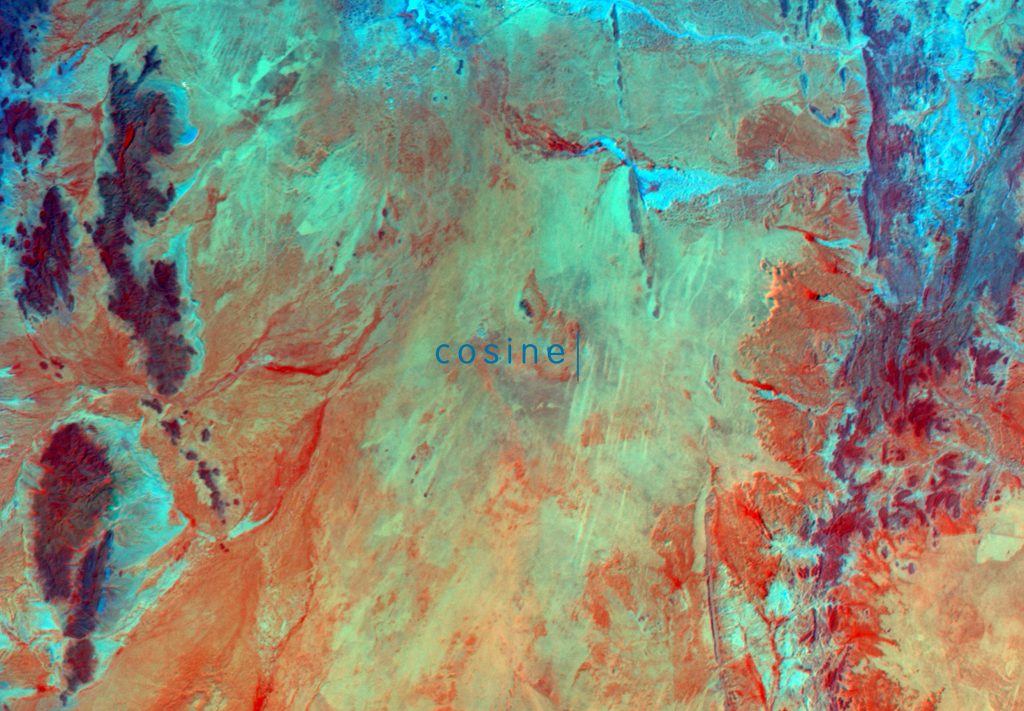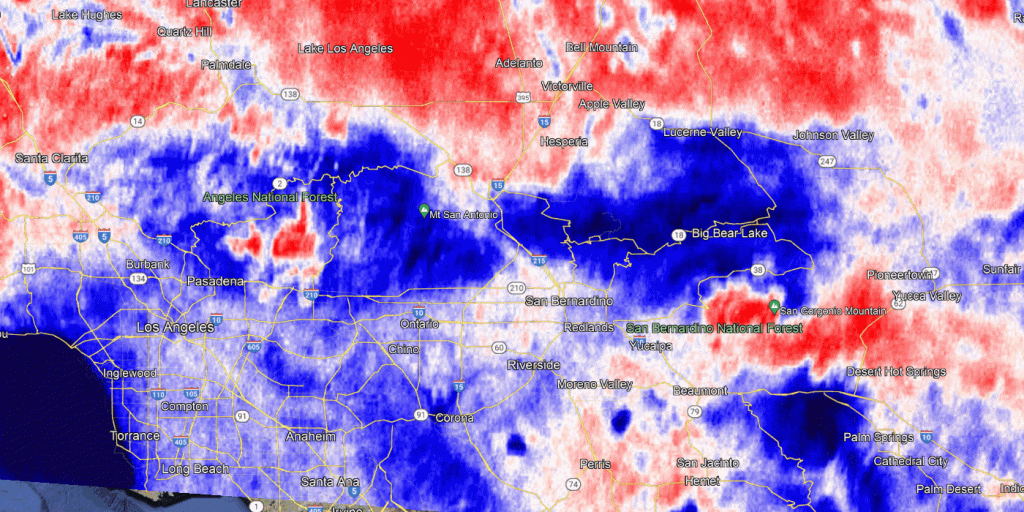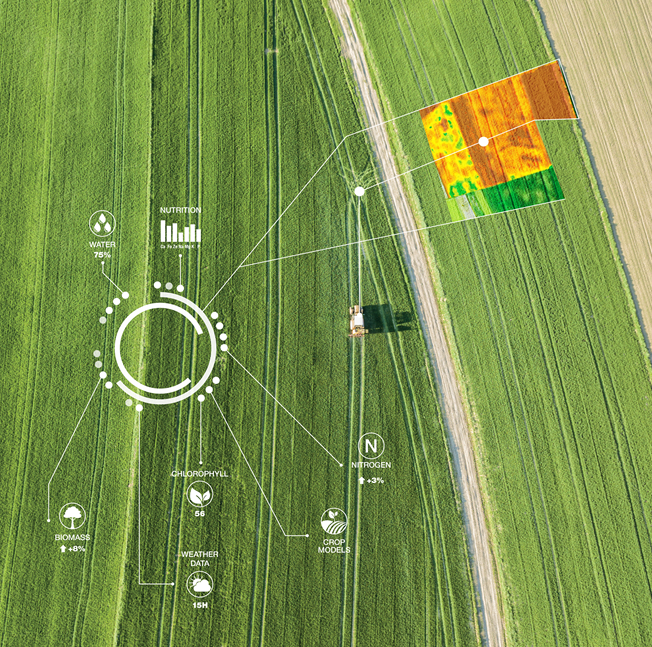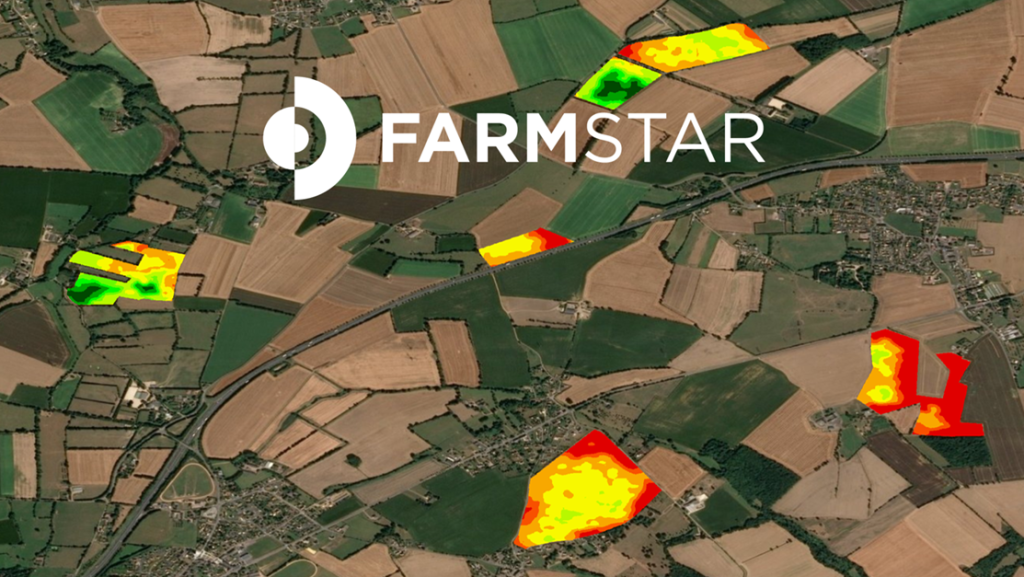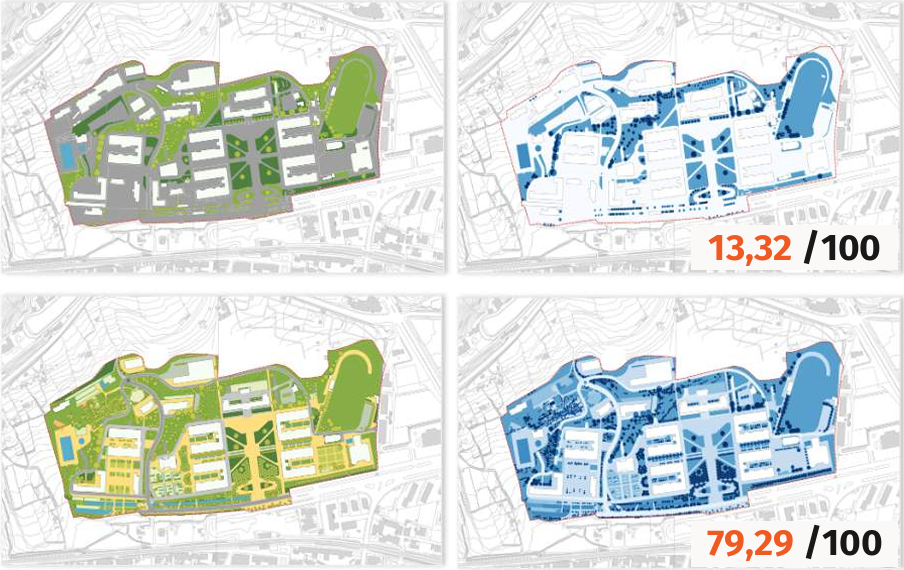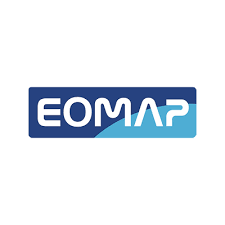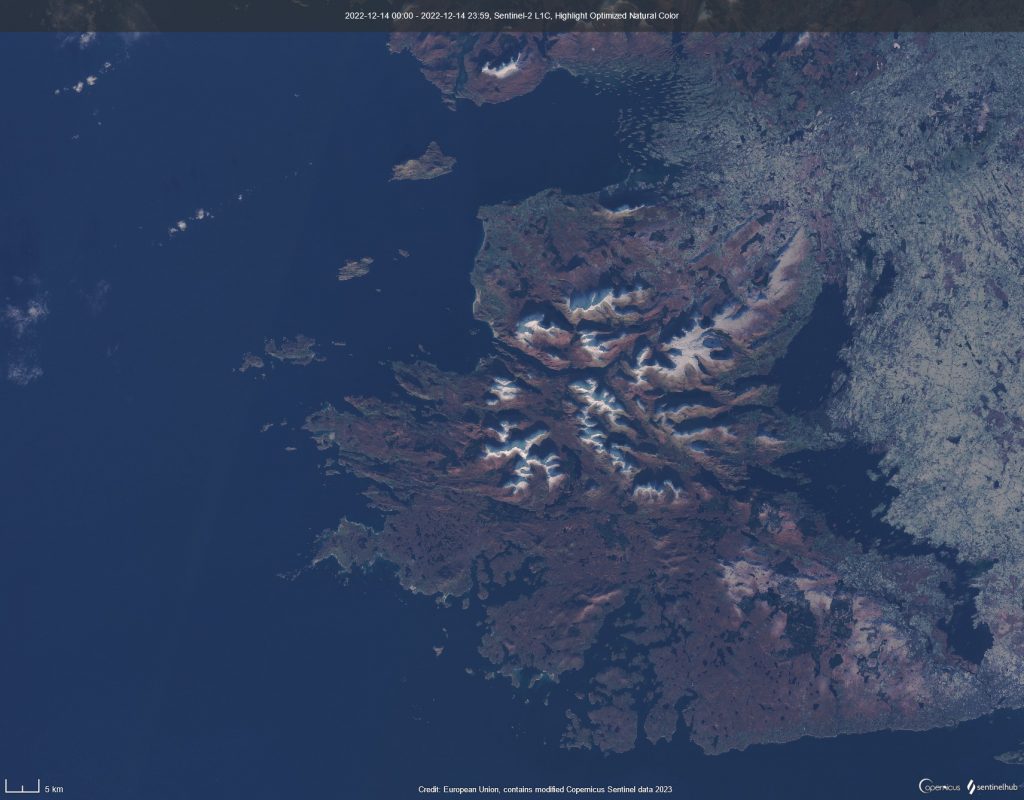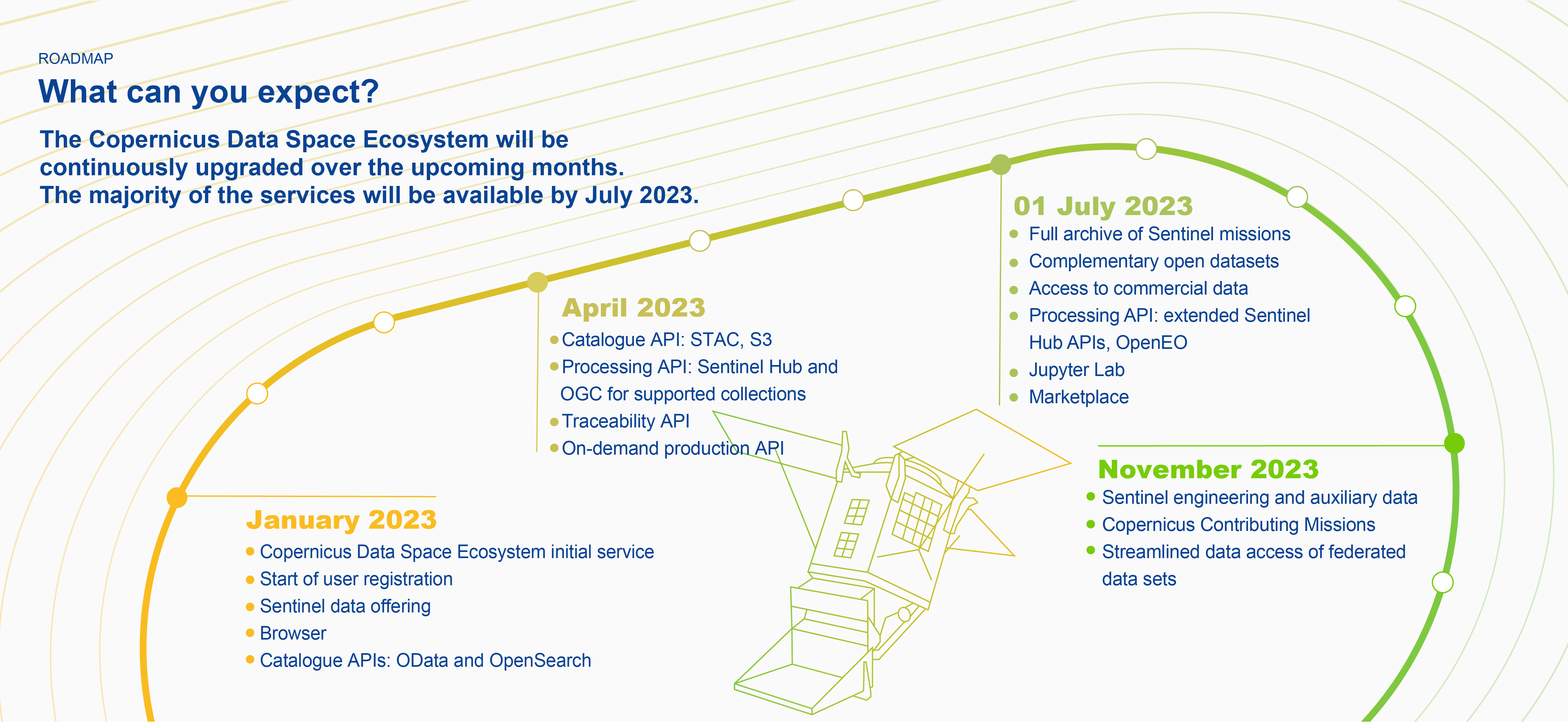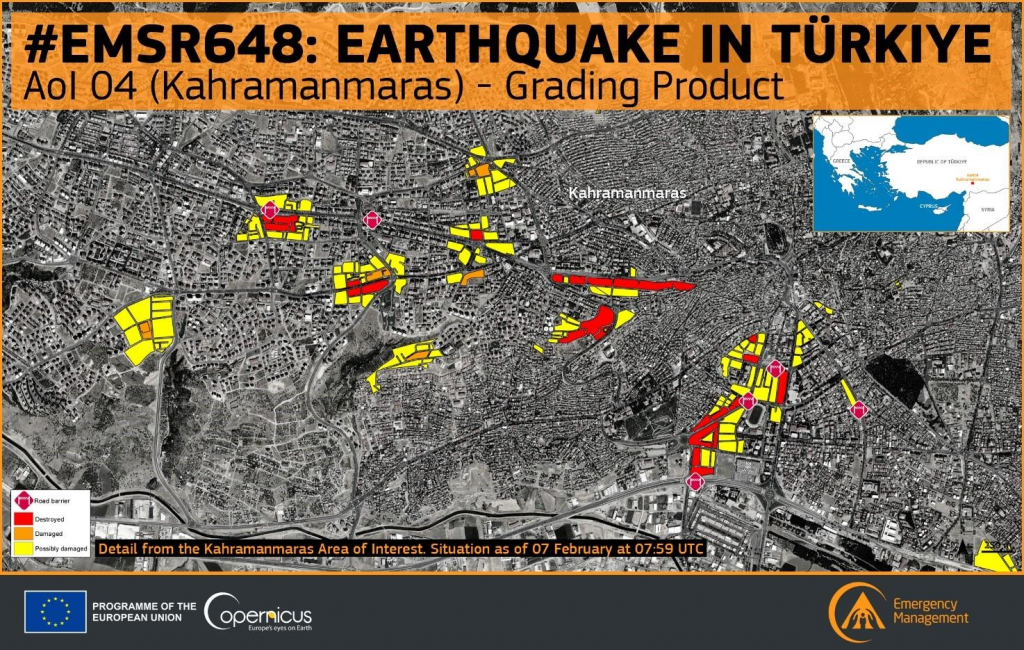GAF AG and ESA have started a project to enable long term preservation of and public accessibility to the EO data archive of the Indian Remote Sensing satellites IRS-1C and IRS-1D. The data had been collected over Europe between 1996-2005, during the pre-Sentinel era. The preservation and free and open distribution of IRS-1C and IRS-1D satellite data will improve public access to heritage data over Europe from the pre-Sentinel period. It will also support long term analyses of climate-relevant key indicators and land cover and land use trends that are relevant to Climate Change and Green Deal policies and action in Europe.
Munich/Neustrelitz, Germany, 5 September 2023
“Our archive of pre-Sentinel Earth observation data is very extensive and important in its potential reuse value as well as scientific, historical and public significance,” says Dr. Gernot Ramminger, CEO of GAF AG. “With satellite data from the Indian Remote Sensing satellites IRS-1C and IRS-1D, long-term developments of land cover and land use can be documented and compared to more recent findings, relevant to Climate Change and European Green Deal policies. Hence our decision and agreement with ESA to start a project to preserve the data and make it publicly accessible.”
The project activities are carried out and funded under the European Space Agency’s Heritage Space Programme. The project is also supported by the Indian Space Agency ISRO and its commercial arm Antrix with the respective licensing policy as well as the delivery of specific hardware and software components.
In a first phase, an environment to transcribe the satellite data from magnetic tapes into a computer readable raw data format, to process the raw data into system-corrected products, to archive, format and transfer both data levels to ESA according to ESA specifications for distribution will be jointly set up, tested and evaluated.
In a second phase, GAF’s entire archive of IRS-1C and IRS-1D data covering Europe and northern Africa will be transcribed and processed to create raw data products and system-corrected products. All the products will be transferred to ESA, which will distribute the IRS-1C and IRS-1D data under a free and open licence to all users for any use.
GAF will retransfer a copy of all the products to ISRO, the owner of the satellites and the data.
At the end of the project, the ESA archives will contain panchromatic data from the PAN sensor with 5.8 m resolution. It will also include multispectral data from the LISS‑III sensor (with 23 m resolution in two visible and one NIR band as well as 70 m resolution in a SWIR band), and from the WiFS sensor (with 188 m resolution in the red and NIR bands), acquired between 1996 and 2005.
The PAN sensor provided the highest commercially available resolution until Ikonos was launched in September 1999. And in the multispectral domain the systematic acquisitions of LISS‑III and WiFS complemented the image acquisitions made by other multispectral sensors.
Caption picture; from left to right:
Ms Basavaraju Santhi Sree and Ms Manju Sarma (both National Remote Sensing Centre, ISRO), Mr Roberto Biasutti (ESA) and Frithjof Barner (GAF AG, Neustrelitz) at the site of the German Aerospace Centre (DLR) in Neustrelitz with the antenna TriBand II.
Image: GAF AG
About ESA / ESRIN: www.esa.int/About_Us/ESRIN 
ESRIN, the ESA Centre for Earth Observation, is one of the five ESA specialised centres situated in Europe. Located in Frascati, a small town 20 km south of Rome in Italy, ESRIN was established in 1966 and first began acquiring data from environmental satellites in the 1970s. Since 2004, ESRIN has been the headquarters for ESA's Earth observation activities.
In addition to providing users with data from its own Earth observation satellites, ESA has for many years provided users with access to a number of non-ESA EO missions – so called Third-Party Missions (TPM). ESA’s TPM scheme has been running for more than 40 years, providing EO data to users in Europe and around the world, and currently includes over 60 instruments on more than 50 missions. Through the Heritage programme, ESA is actively working in order to provide free and open access to satellite data acquired by and over Europe, enabling long term studies on our planet.
About GAF AG: www.gaf.de
GAF AG, an e-GEOS (Telespazio/ASI) company, is one of the largest European providers of data, products and information services in the fields of geo-information, spatial IT and consulting for private and public clients. As a result of a merger with its former subsidiary Euromap GmbH, GAF has become the exclusive supplier in Europe of optical Indian remote sensing data from several missions. The company’s archives contain systematic coverage of Europe and northern Africa since 1996, and include satellite raw data from the high and medium resolution IRS missions IRS‑1C, IRS-1D, Resourcesat-1, Resourcesat-2 and Cartosat-1. GAF is also specialised in the production of orthoimage mosaics and digital elevation models from various high and very-high resolution satellite missions. The company is part of the Telespazio Group, which belongs to Leonardo and Thales, two major European technology firms.
About NRSC, ISRO: www.nrsc.gov.in
National Remote Sensing Centre (NRSC) is one of the primary centres of Indian Space Research Organisation (ISRO), Department of Space (DOS). NRSC establishes ground stations for receiving satellite data, generates data products, disseminates to the users, develops techniques for remote sensing applications including disaster management support, geospatial services for good governance and capacity building. NRSC hosts Satellite Data Products from more than 15 Indian Remote Sensing (IRS) satellites right from the first IRS optical mission namely IRS-1A, SAR imaging missions and foreign missions through web portal bhoonidhi.nrsc.gov.in for Indian and international users.
